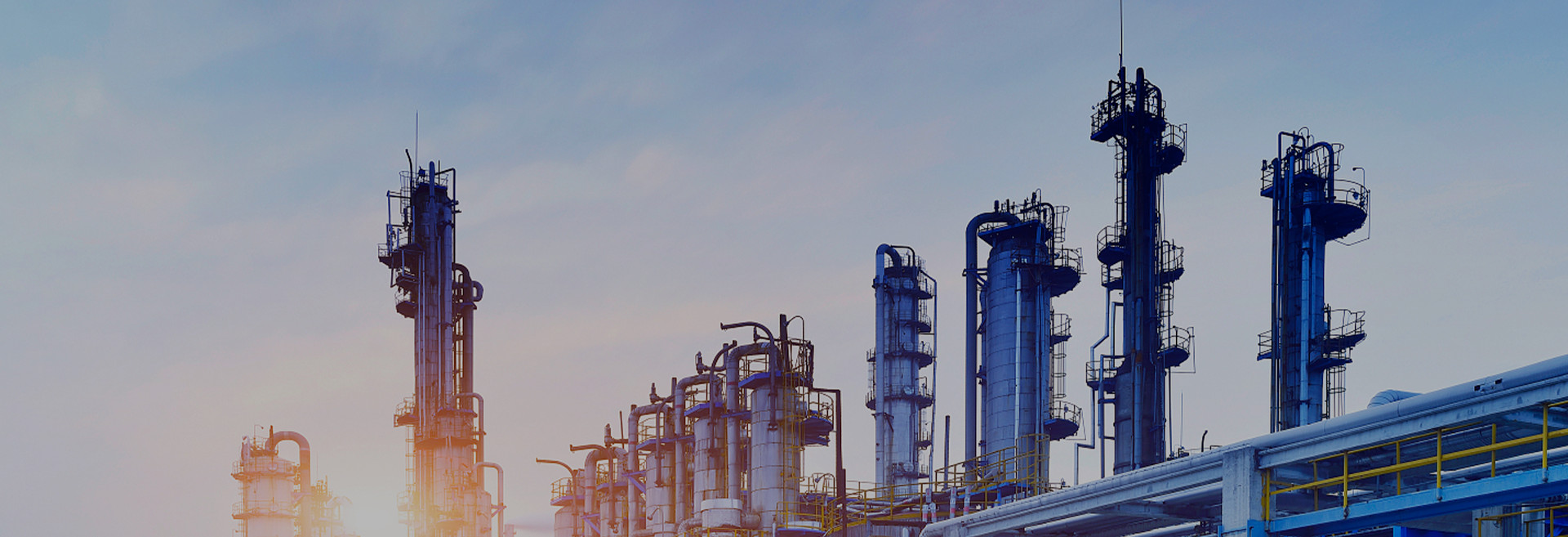Pure carbon dioxide is a heavier gas than air and has high thermal conductivity, resulting in a wider arc and weld. However, it also has strong oxidizing properties, which leads to larger spatter during welding. On the other hand, argon is also heavier than air and can effectively protect the molten droplets and weld pool during welding, resulting in a smoother weld surface with less spatter. However, the ionized arc produced by argon is narrower and less stable. Therefore, welding makes use of two gases, each with its own advantages and disadvantages. By combining carbon dioxide and argon, the welding process can fully realize the benefits of both gases while avoiding their respective drawbacks. The addition of argon improves the quality of the weld surface and reduces spatter caused by carbon dioxide. The addition of carbon dioxide to the shielding gas improves the stability of the arc and enhances heat transfer, resulting in improved mechanical properties of the welded material. A mixture of argon and carbon dioxide is an ideal shielding gas for welding.
Pure carbon dioxide welding is generally not recommended as it tends to produce excessive spray. During the welding process, the welding wire produces larger droplets. These droplets fall into the weld pool due to a downward force caused by surface tension. However, an upward electromagnetic force also affects the droplets, causing imbalance and resulting in a significant amount of spatter outside the weld pool. The mixture of argon and carbon dioxide gas can cause excessive spraying, resulting in the wire droplets becoming increasingly smaller. As the small droplets fall, the electromagnetic force acting on them becomes unbalanced compared to the larger droplets, causing a significant number of small droplets to transition to the melt pool. This reduction in spatter means that welders do not have to stop often to clean up the weld nozzle, nor do they have to use specialized workers to clean up the spatter on the seam channel. This, in turn, greatly improves welding productivity. The use of an argon and carbon dioxide gas mixture in welding greatly reduces spatter. It is important to note that pure carbon dioxide gas welding cannot achieve the same reduction in spatter as the argon and carbon dioxide gas mixture welding.
Post time: Feb-26-2024

